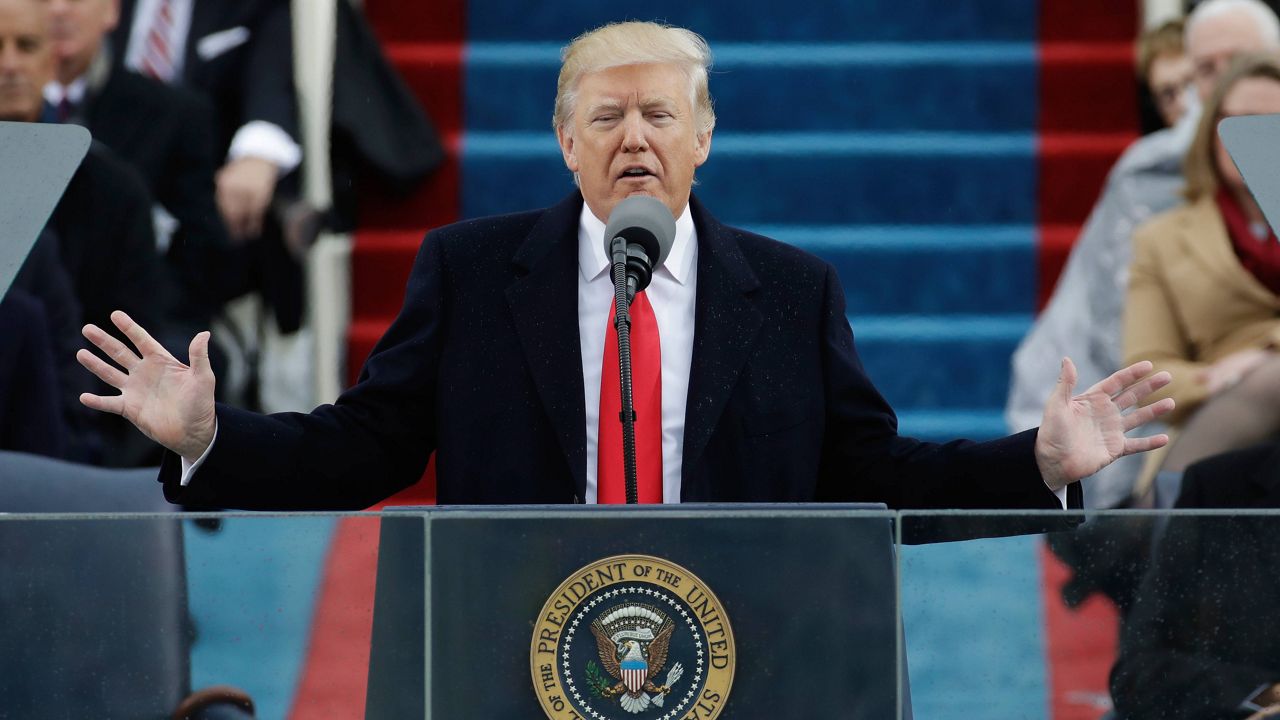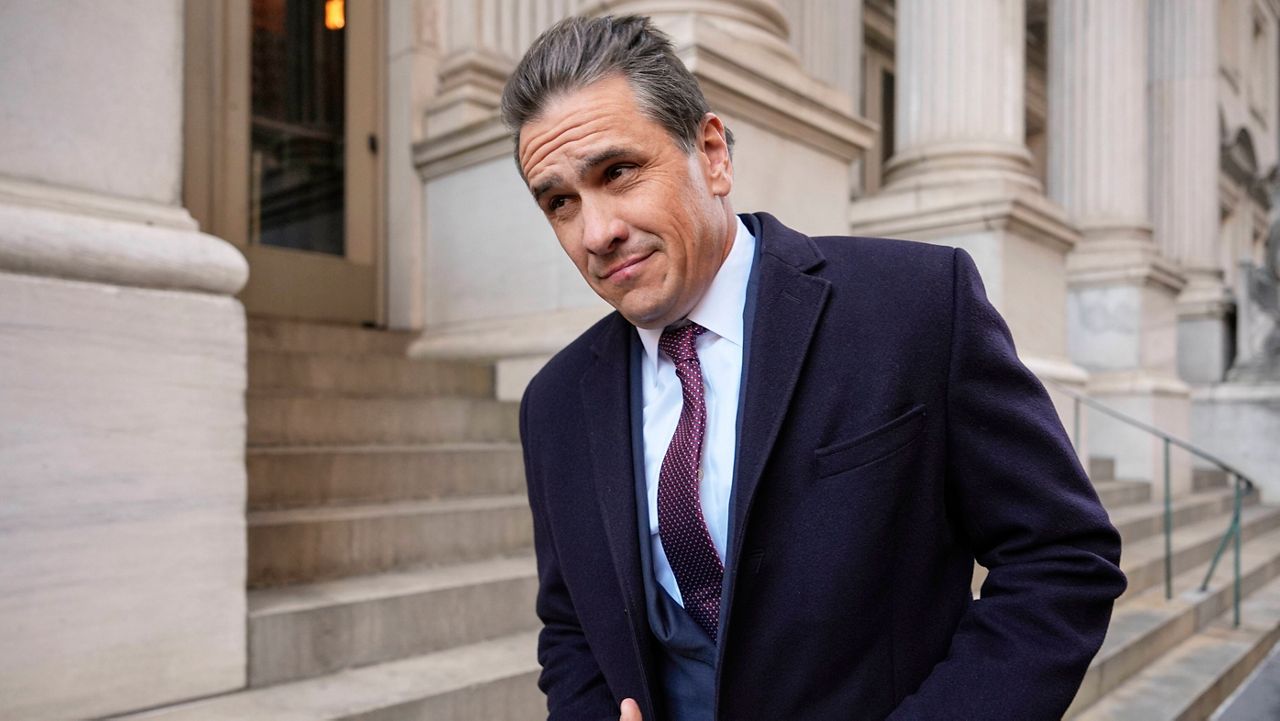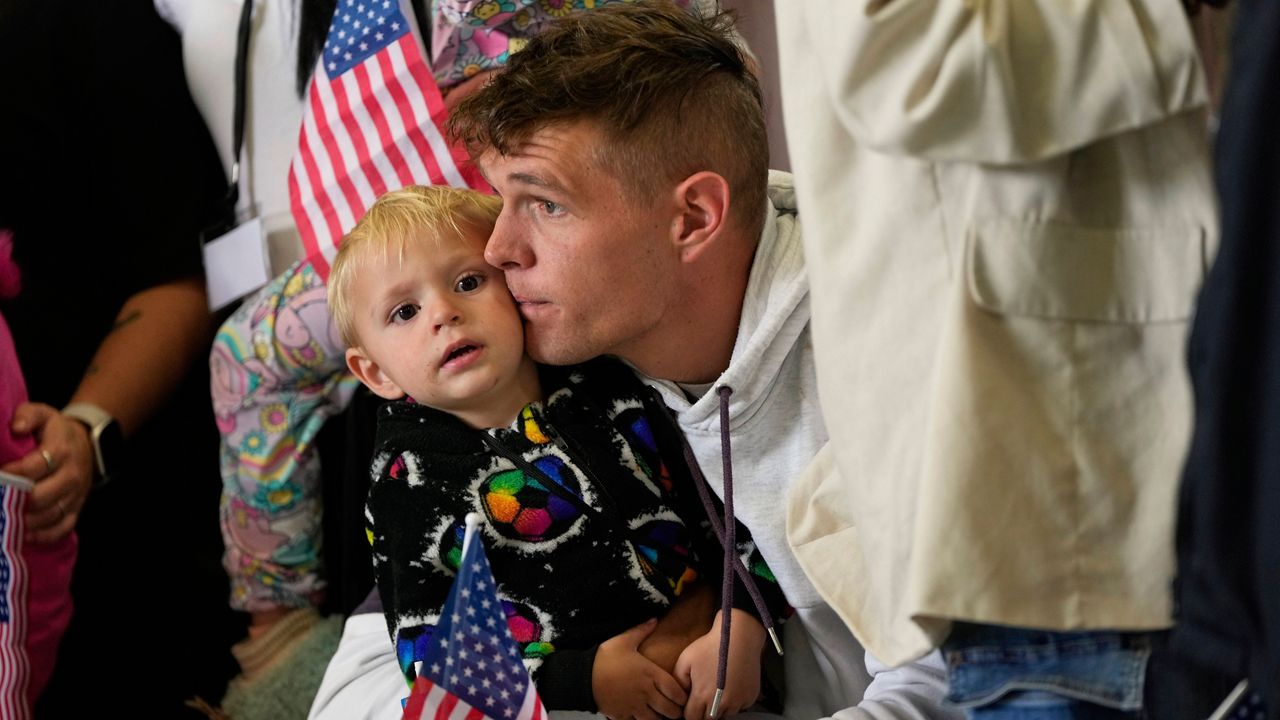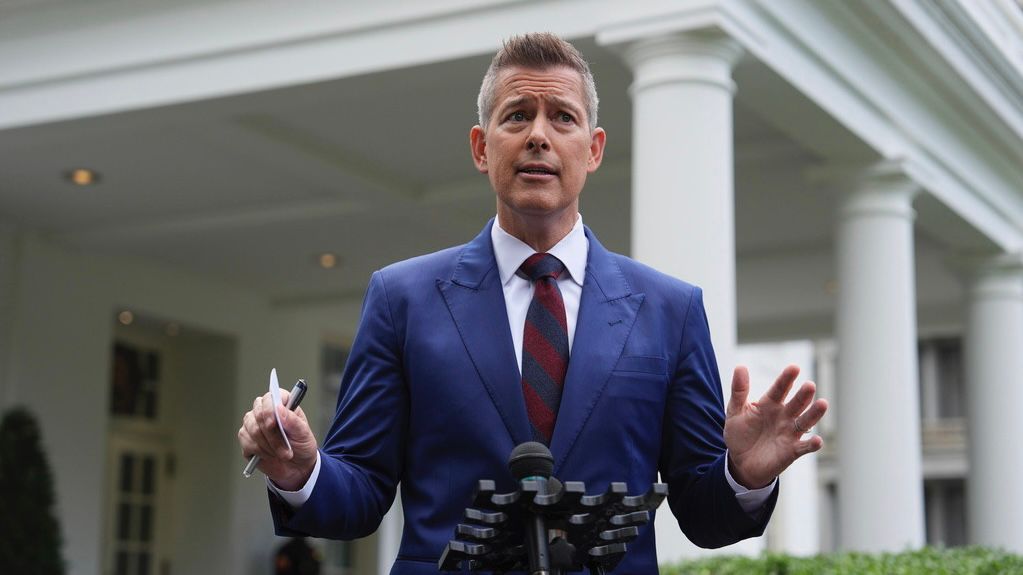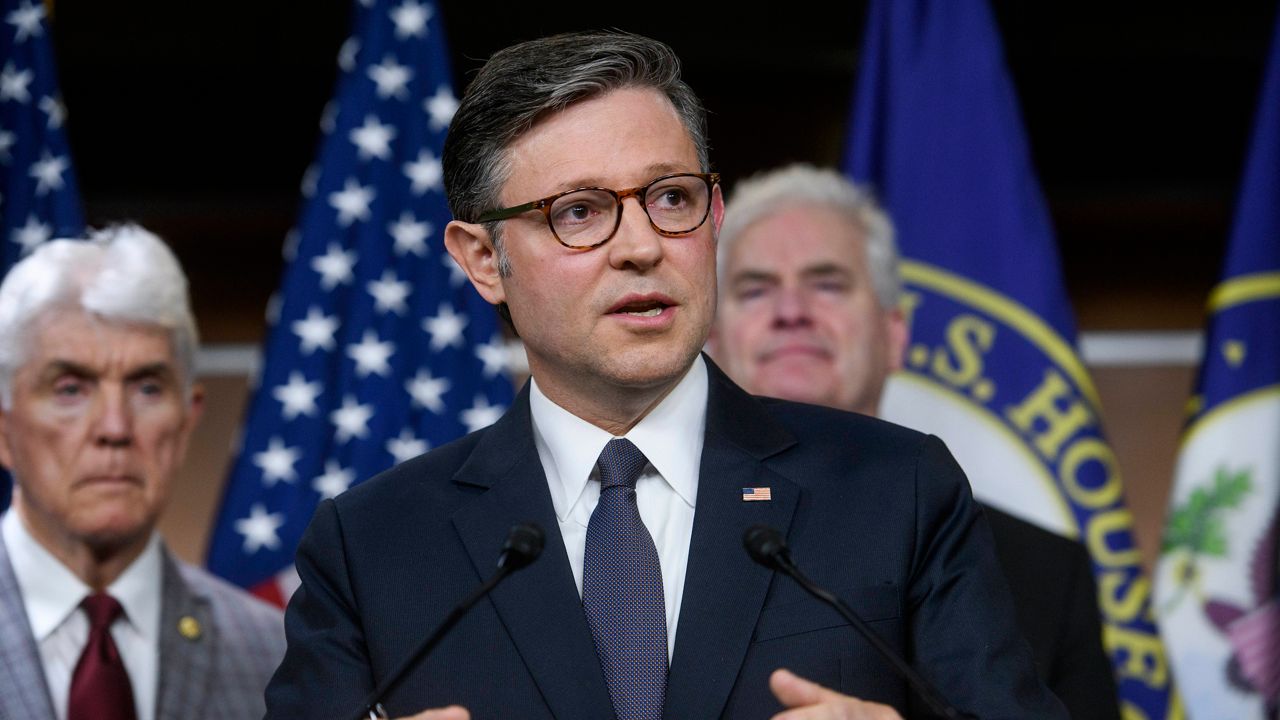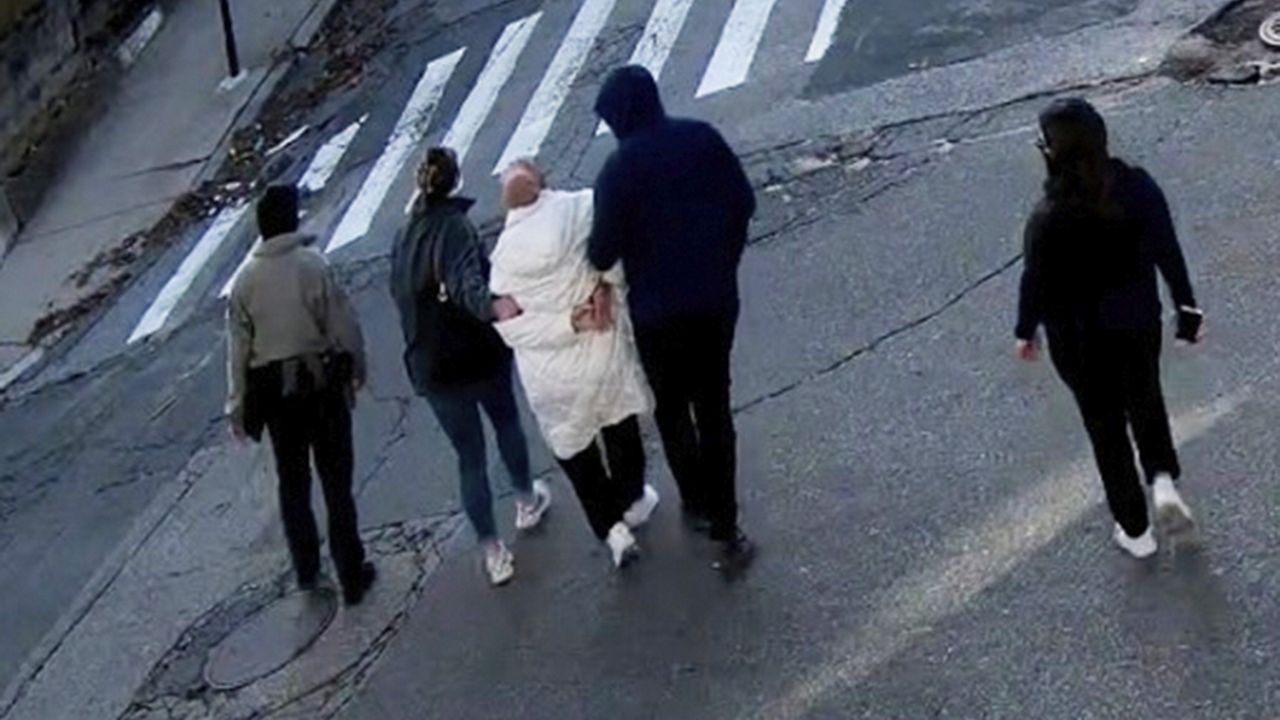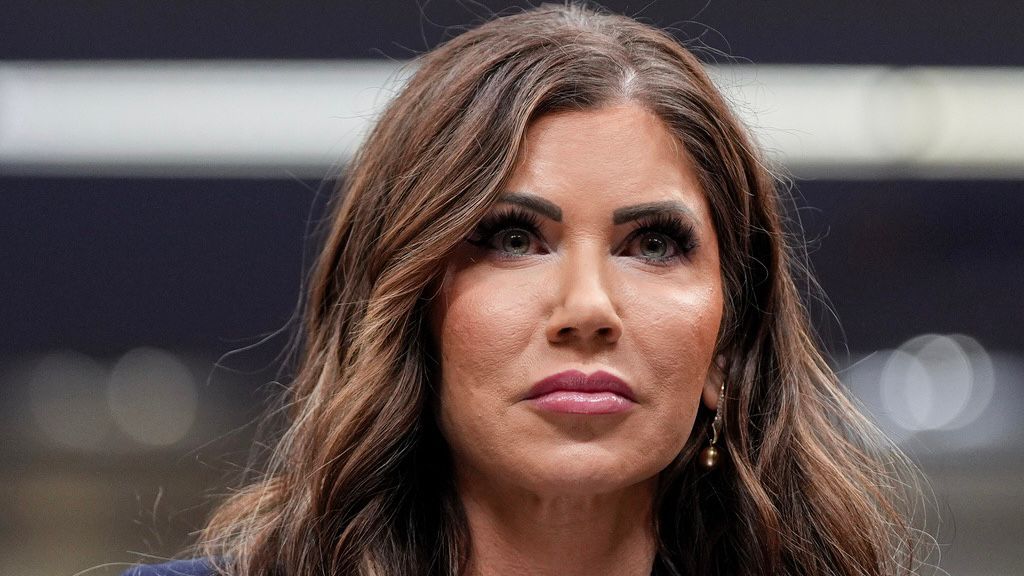With Donald Trump set to take his second oath of office Monday, his 2017 inauguration looms as a marker of the trends that continue to define him in his presidential life.
What You Need To Know
- With Donald Trump set to take his second oath of office Monday, his 2017 inauguration looms as a marker of the trends that continue to define him in his presidential life
- Trump's dark description of the state of the nation and the dispute over crowd size in the inauguration’s immediate aftermath exemplify themes Trump has continued to hit upon in the eight years since
- Trump’s second inauguration is shaping up to be far different than his first, with festivities moved inside due to a frigid forecast for Washington on Monday
- And his return to power in 2025 comes at a peak in his political might just four years after he left office under the shadow of a global pandemic and his attempts to overturn his 2020 election loss
His speech that day was brief — just 16 minutes, the shortest since Jimmy Carter’s 1977 inaugural address — but its dark description of the state of the nation and the dispute over crowd size in the inauguration’s immediate aftermath exemplify themes Trump has continued to hit upon in the eight years since.
“The crime and the gangs and the drugs that have stolen too many lives and robbed our country of so much unrealized potential. This American carnage stops right here and stops right now,” Trump said in 2017.
Trump struck a similar tone at last summer’s Republican National Convention as he promised mass deportations.
“Tonight, America, this is my vow: I will not let these killers and criminals into our country,” he said. “I will keep our sons and daughters safe.”
The day after his first inaugural address, Trump sent his then-press secretary, Sean Spicer, to chastise the press for reporting crowd size totals and transit data that suggested the audience for Trump’s speech was far smaller than the newly inaugurated president claimed. Spicer falsely told the press, and a national TV audience, that the inauguration was “the largest audience ever to witness an inauguration, period, both in person and around the globe.”
Trump continued his long-held obsession with crowd sizes well into the 2024 campaign, baselessly claiming Vice President Kamala Harris’ campaign faked photos of the crowd at a Michigan rally in August and falsely insisting the crowd for his speech on Jan. 6, 2021 — the day of the attack on the U.S. Capitol — was larger than the crowd for Martin Luther King Jr.’s “I Have a Dream” speech in Washington in 1963.
Trump’s second inauguration is shaping up to be far different than his first, with festivities moved inside due to a frigid forecast for Washington on Monday. And his return to power in 2025 comes at a peak in his political might just four years after he left office under the shadow of a global pandemic and his attempts to overturn his 2020 election loss.
Protests are expected across the country and in Washington on Monday, but security in the nation’s capital will be high and nothing is currently planned on the scale of the 2017 Women’s March — which occurred the day after Trump’s first inauguration and was considered the largest day of protest in U.S. history at the time. Organizers behind the Women’s March have planned a “People’s March” for Saturday in Washington, two days before Trump is sworn in, but the protest’s permit indicates they are expecting around numbers in the tens of thousands. Estimates in 2017 had that year’s protest numbering nearly half a million people in Washington alone.
While plans for the inauguration are still in flux as of Friday due to the weather-induced change of venue, some notable Democrats have already announced they plan to skip the ceremony — including former first lady Michelle Obama and House Speaker Emerita Nancy Pelosi, who is recovering from hip surgery. In 2017, roughly 70 congressional Democrats boycotted Trump’s inauguration and former President George H.W. Bush and first lady Barabara Bush did not attend, citing health issues. No formal boycott of Democratic lawmakers has been organized this time around.
Like 2017, however, Trump’s second inauguration will be attended by the Democratic candidate he defeated in Harris. Former Secretary of State Hillary Clinton, Trump’s 2016 opponent who is also set to attend Monday, was present in 2017 in her role as a former first lady.
Trump notably skipped President Joe Biden’s inauguration in 2021 after his failed attempt to stay in power and the attack on the U.S. Capitol. Biden and first lady Jill Biden will resume long-standing tradition and attend the ceremony on Monday.




